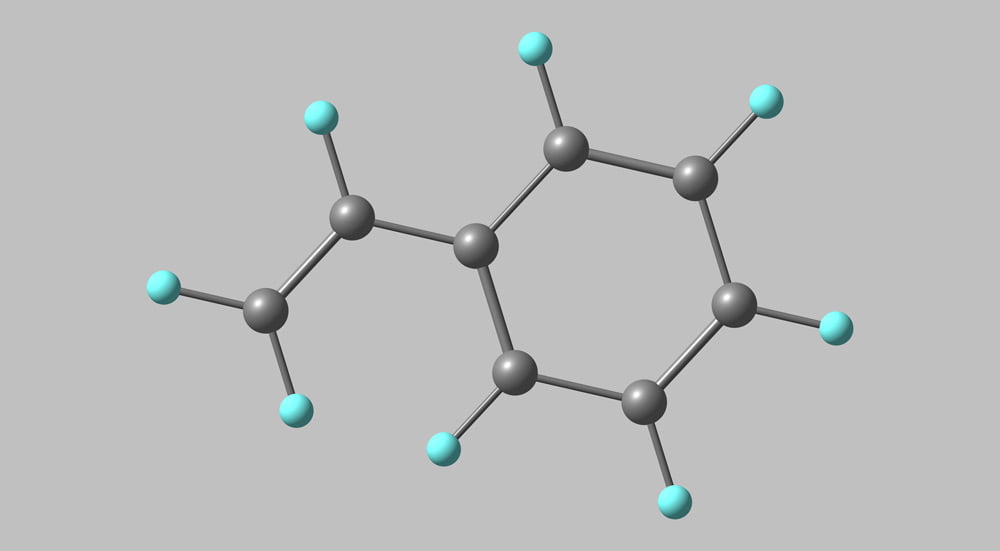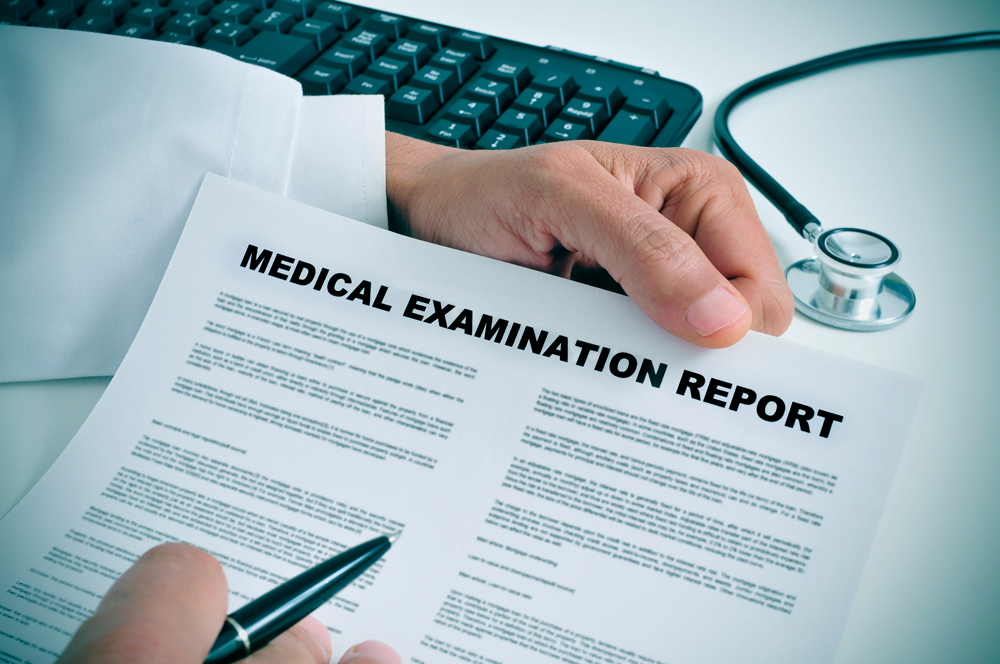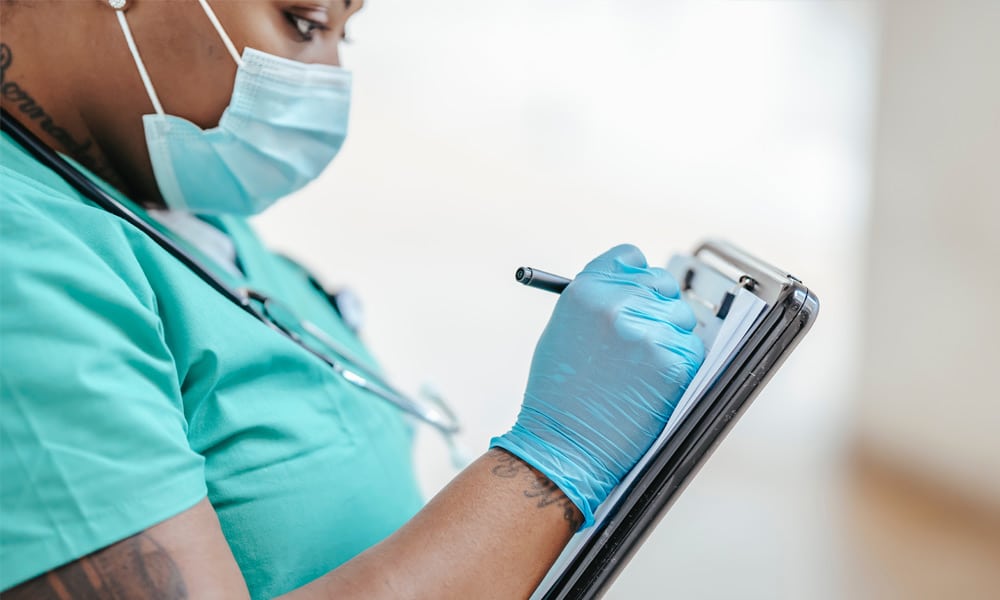Let’s start with a tale…
On one ordinary day in 1839, a German apothecary named Eduard Simon accidentally discovered polystyrene. He isolated a strange liquid from the resin of American Sweetgum tree which he termed “styrol”. Several days later, he noticed that when “styrol” was exposed to air, light, and heat, it transformed into a hard, rubber-like substance presumably due to polysmerisation. He then named this substance “styrol oxide”. This was the first recorded discovery of styrene; a paramount monomer for the future of the petrochemical industry.
What more do I need to know about styrene?
Styrene is a colourless oily liquid that has a sweet odour and evaporates easily. Named after the “Storax Balsam”; the resin of Liquidambar trees of the Altingiaceae plant family, styrene is mainly used to make rubber and plastic. Due to the adaptability and synthetic qualities of styrene, it is often used in the manufacture of materials which are then used to produce a remarkable variety of products across a range of industries. The most established of styrene-based materials is polystyrene which can be found in packaging, toys, drinking cups, consumer electronics and safety helmets. In fact, nearly 65% of all styrene is used to produce polystyrene! Styrene is also utilised in the manufacture of styrene-butadiene rubber (SBR) elastomers and latexes, which can be found in car tyres, belts, and hoses for machinery, along with toys, sponges, and floor tiles.
Is it dangerous?
The short answer is yes – severe exposure can lead to central nervous system (CNS) depression. It is widely regarded as a “known carcinogen”, especially in the case of eye contact, but also skin contact, inhalation, and ingestion. Styrene is largely metabolised into styrene oxide in humans which can be toxic, mutagenic, and potentially carcinogenic.
What are the symptoms?
The main symptoms of acute exposure to styrene include tiredness, feeling intoxicated, slow reaction time, lack of concentration and balance problems.
Acute inhalation of styrene may further cause irritation of the nose and throat, increased nasal secretion, wheezing, coughing, or in the worst case, pulmonary edema, cardiac arrhythmias, or coma.
Dermal exposure may result in skin irritation, itching and dermatitis.
Symptoms of CNS depression include headaches, vomiting, muscle weakness, fatigue, dizziness, and ataxia.
Who is most at risk?
The workers most at risk to styrene exposure include those in the reinforced plastic company, styrene polymerisation, rubber manufacturing, styrene polyester resin and photocopy centres.
Where would I find it?
Styrene naturally occurs in the environment and is found in small quantities in many foods such as cinnamon, coffee beans, peanuts, and strawberries. It is no longer obtained by extracting sap from styrax trees; instead, it is derived from petroleum and natural gas by-products. It is an important monomer of the petrochemical industry, with world production levels reaching approximately 20 million tonnes a year.
How can I protect myself?
In the workplace, minimise exposure by enclosing operations and ensure that all spaces are well-ventilated. If adequate ventilation is not possible, wear a respirator.
When handling styrene, correct Personal Protective Equipment (PPE) is required. This includes chemical safety goggles and protective clothing (gloves, aprons, boots), facemasks or face shields.
If you or someone you know is concerned that they may be at risk from exposure to styrene, please use the form below to get in touch with Healthscreen UK today. Alternatively, call 014555245743 to get in touch with one of our dedicated specialists.







